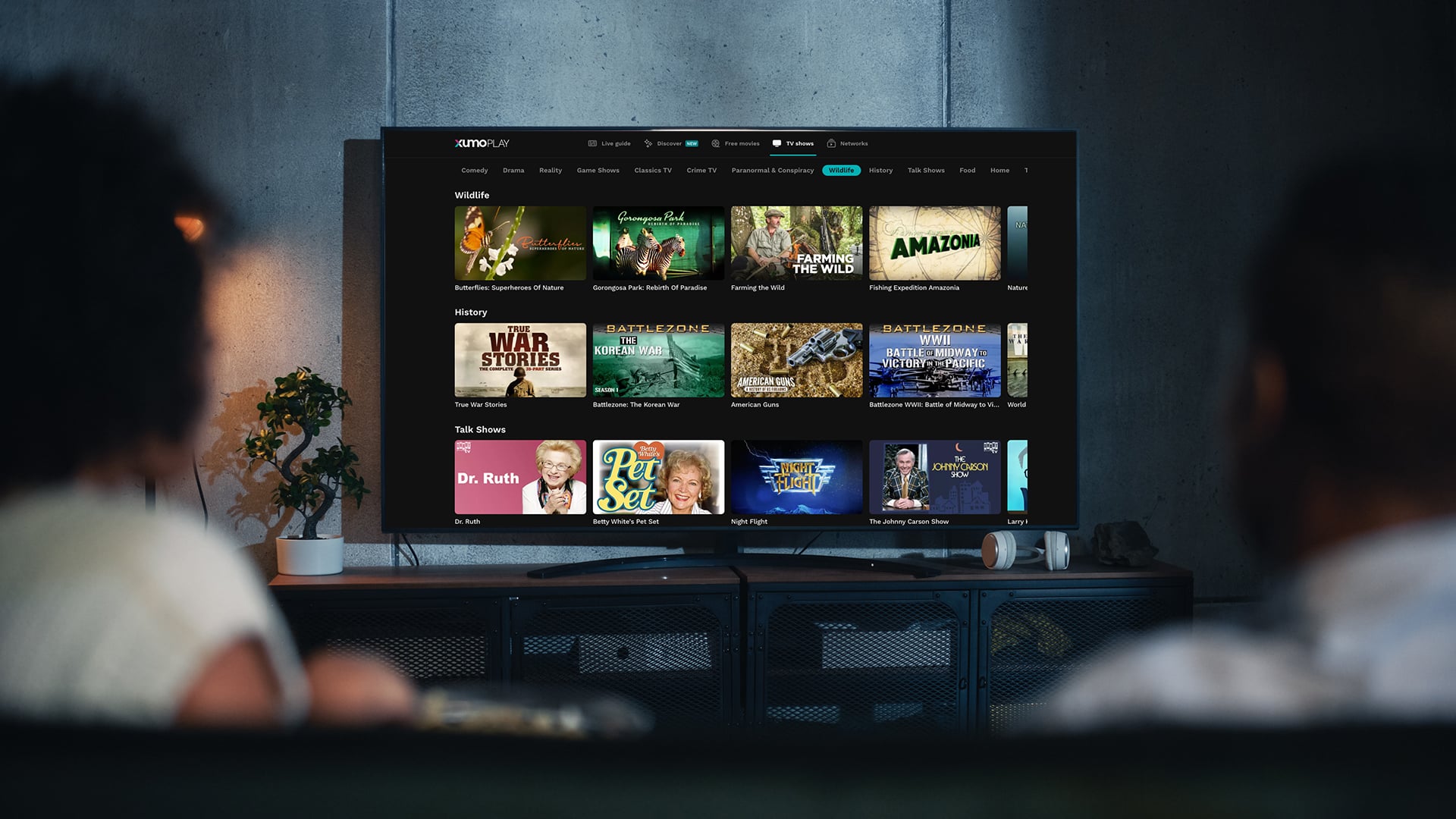5 Easy Facts About Apollo Group Tv Described
5 Easy Facts About Apollo Group Tv Described
Blog Article
The 10-Minute Rule for Apollo Group Tv
Table of ContentsThe 4-Minute Rule for Apollo Group TvAll about Apollo Group TvOur Apollo Group Tv IdeasThe smart Trick of Apollo Group Tv That Nobody is Discussing
In this scenario, rather than having three-minute industrial places throughout a 30-minute tv program, TV programming may change to one where a consumer will certainly be required to have a month-to-month subscription, to ensure that they cen sight targeted banner advertisements. This kind of advertising and marketing currently occurs on the net, and the amount of data tv firms collect allows them to do similar.Clarify the impact of sponsors on program content. Define the significant fads among the broadcasting and cable networks. When television remained in its infancy, manufacturers modeled the new tool on radio. Popular radio reveals such as police drama Dragnet and western cowboy series Gunsmoke were adjusted for tv, and new TV programs were sponsored by single marketers, equally as radio shows had been.
Today, the television sector is much more intricate. Programs are funded by several advertisers; shows is controlled by significant media corporations; and the three major networks no more dominate the airwaves yet instead share their visitors with various wire channels. Numerous variables represent these fads within the industry, consisting of technical advancements, federal government policies, and the production of brand-new networks.

Not known Facts About Apollo Group Tv
Developed in 1969, (PBS) created out of a report by the Carnegie Compensation on Educational Tv, which examined the function of academic, noncommercial tv on culture. Public television was likewise planned to provide universal access to tv for visitors in rural areas or customers that can not afford to pay for personal television solutions.
The duration in between 1950 and 1970 is traditionally identified as the. Apart from a small part of airtime regulated by public tv, the three significant networks (known as the Big 3) dominated the television market, collectively representing greater than 95 percent of prime-time watching. In 1986, Rupert Murdoch, the head of international firm Information Corp, launched the Fox network, challenging the dominance of the Big Three.
Targeting young and minority audiences with shows such as Buffy the Vampire Slayer, Moesha, Dawson's Creek, and The Wayans Bros., the new networks wanted to draw stations away from their old network associations. Nonetheless, instead of duplicating the success of Fox, UPN and WB battled to make an influence. Unable to attract lots of associate stations, both recently established networks reached less houses than their bigger competitors since they were unobtainable in some smaller sized cities.
This choice led the way for the development of wire flick networks, adding to the exponential growth of cable in the 1980s and 1990s. apollo group tv. Further deregulation of wire in the 1984 Cord Communications Policy Act removed constraints on wire prices, allowing operators to bill what they wanted for cable solutions as long as there was efficient competition to the service (a criterion that over 90 percent of all cord markets might satisfy)
The Ultimate Guide To Apollo Group Tv

Having actually created the very first "superstation," Turner expanded his world by founding 24-hour news network CNN in 1980. At the end of the year, 28 nationwide shows services were offered, and the cord revolution had started. Over the next years, the market undertook a duration of quick growth and appeal, and by 1994 audiences could select from 94 basic and 20 costs cable solutions.
Figure 9 - https://www.edocr.com/v/kjzxvydk/vickboyd3319/apollo-group-tv.16 Increased competitors from wire networks has caused a steady decrease in the networks' target market rankings. During the 1950s, the cost of producing a solitary television show increased as shows became longer and manufacturing prices rose. Sponsorship on network television shifted from single sponsorship, in which a program was completely sustained and generated by one marketer, to multiple sponsorship, in which advertisers purchased 1- or 2-minute areas on the program
Select one of the Big 4 networks and publish out its once a week programs timetable. See the network's prime-time programs over the program of a week, keeping in mind the target market for each show.
The 20-Second Trick For Apollo Group Tv

Straight TV, commonly described as traditional program TV, encompasses cable television and satellite television. It's called "straight" since content follows an established programs schedule, unlike on-demand material which the private audience chooses to see based upon their own choices and timetable. When you ask, "What is linear Television?", assume of it as the timeless means of seeing television that has actually been around for years.
Report this page